Detroit Tigers: Take a Sad Stat and Make It Better
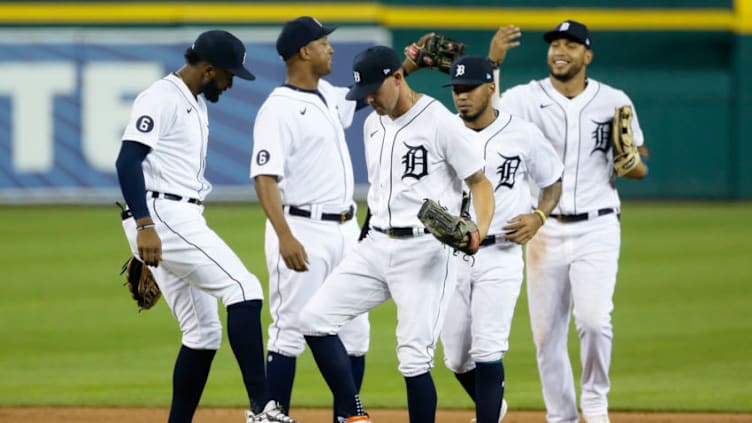
For this written version of the MCB Roundtable, we asked the question if you can take any negative attribute away from a Detroit Tigers player and make it just average, who would you pick and what would you change?
Any video game you play these days, you have the opportunity to level up your character. If you play the MLB The Show 20, you can level up your Detroit Tigers player as he makes his way up from the minors.
For this MCB Roundtable exercise, Chris Brown posed an interesting question. If you can take any negative attribute away from a Detroit Tigers player and make it just average, who would you pick and what would you change? I thought about that question as a video game question because I am watching the Netflix documentary “High Score” and it was top of mind but it applies to the question. It works here because we want everyone to improve in some sort of way.
So the question was posed and here are some of the answers we got. Some were very elaborate and some were very short.
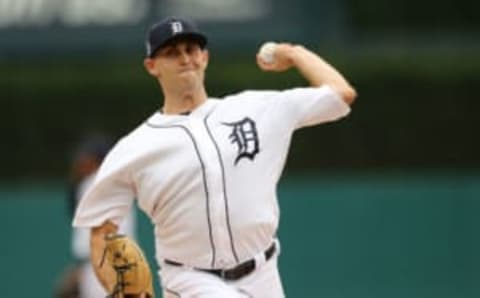
Jake Boes:
Matthew Boyd with an average HR rate. Boyd has long been victim to the long ball and 2020 has been no different; giving up 11 home runs over 40.2 innings which is good for 2.4 HR per 9 innings pitched. League average is about 1.4 HR/9, so if Boyd were average as far as his propensity to give up the big fly, he’d only have given up 6 or 7 home runs so far this year and would go from averaging a home run every 4.1 innings to every 6.2 innings; a much more palatable rate for a starter.
Luckily for him and the Detroit Tigers, the vast majority of Boyd’s home runs this year have been solo shots. He’s averaged about 1.2 runs per each home run he has given up, so knocking those home runs off would also take his league-high 30 earned runs down to the 24 range, bringing his ERA on the year from 6.64 to about 5.97 alone.
Marty Tallman:
I would fix Boyd’s curveball and make it the league average.
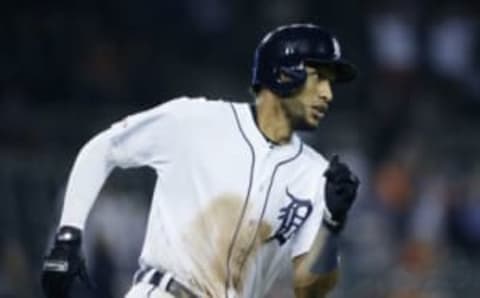
Kellen Gove:
There are certainly some more obvious choices, but I’ll go with adding an average walk rate to the profile for Victor Reyes. Reyes has had a nice start to the year, slashing .298/.328/.474 and contributing 0.9 bWAR through 33 games.
Reyes’ future is still the topic of many Twitter debates among Tigers fans, mainly due to his minuscule walk rate. His poor 4.8 percent walk rate has shrunk even further this year to 3.4 percent. Raising his walk rate to closer to 10 percent would allow him to become a legitimate everyday player for the Tigers and would help his high ground ball rate become less of a red flag.
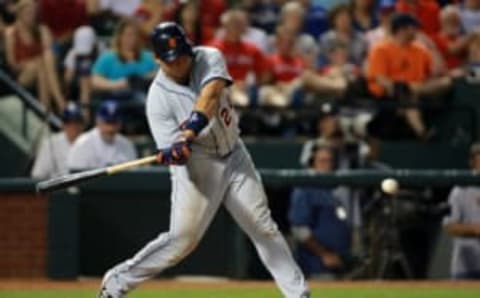
Sebastian Oslund:
It’s fair to guess that Cabrera’s overall numbers in 2020 would pale in comparison to his overall body of work, but seeing Miggy below AL average in stats (through September 4) like wRC+ (MC: 95, AL: 100); wOBA (MC: .313, AL: .318): SLG (MC: .386, AL: .415): ISO (MC: .136, AL: .173): and even BABIP (MC: .277, AL: .290) hurts.
He’s not making as much contact in comparison to the league (MC: 71.3%, AL: 75%). He’s not seeing as many pitches inside the strike zone (MC: 38.7%, AL: 41.4%), although he’s making slightly better contact on pitches in the zone (MC: 85.6%, AL: 83.9%). He really lags behind when it comes to making contact on pitches outside the zone (MC: 50%, AL: 61.2%), and he used to be so much better at that (with a range of 61.7-75.9% since he’s been a Tiger).
In a shortened season where we have momentarily talked about the Tigers and playoff contention in the same sentence, how much of an overall positive difference could it have made if Cabrera was even slightly above league average in those categories where he’s lacking?
Alexandra Simon:
Miguel Cabrera is a hitter whose reputation has often preceded himself. Over the years, many a pitcher has quivered with fear at the thought of facing the fearsome Cabrera. During the apex of Cabrera’s career, when he was collecting MVP awards and notching Triple Crowns, Cabrera was treated like a king. The Tigers’ slugger has always had a discerning eye, taking walks at an above-average clip, but during his peak years, he was walking at nearly double the MLB average (for example, in 2011 Cabrera walked 15.7% of the time, compared to the 8.1% walk rate of his MLB compatriots).
He was also striking out a minuscule amount compared to the average ballplayer, posting respectable strikeout numbers through much of his career, including his twilight years. Cabrera made many ballparks look like bandboxes and many talented pitchers look like mere mortals with just the flick of his wrists.
Nowadays, you’d be hard-pressed to find anyone who’d compare Cabrera favorably to his glory days of the late aughts to early teens. Most fans lament the years gone by, and might even be counting down the days until the end of Cabrera’s Tigers deal. With all that being said, however, we are not here to wax poetically about Cabrera’s youth, nor are we here to lament the uncomfortable truth that Father Time comes for us all. No, we’re here to imagine a better world. A world in which we, the long-suffering Tigers fanbase, have been gifted a magical elixir that can turn back time.
What negative trait would you change about the current iteration of Miguel Cabrera? Well, can it be anything but his advancing age? One supposes one could wipe away his lengthy recent injury history or perhaps tweak a few bad habits he’s picked up along the way to compensate for the breakdown of his body, but Cabrera’s main problem is that he is no longer the young man he once was. He isn’t quite as quick to juicy fastballs he used to clobber when he was collecting batting titles. He has found himself cheating more often on tasty fastballs he used to gobble up, leaving him more vulnerable to pitchers’ offspeed offerings.
We have often found ourselves mournfully lamenting Cabrera’s inability to connect with a 92-mile-per-hour fastball he once destroyed in his prime, perhaps as often as we lament his vulnerability to not only sliders on the outside black, but also his vulnerability to the ravages of time. Turning back time would solve almost all of Cabrera’s present problems, even the nagging problem of his health! It is indeed painful to watch an athlete we have been privileged to admire at the height of his powers slide slowly and inexorably to the end of his career. But maybe that’s why we do take the time to celebrate Cabrera’s career, and every milestone, every smile, every playful jibe. One day Miguel Cabrera will no longer pull the old English D over his head and we’ll inevitably wish we just had a little bit more time.
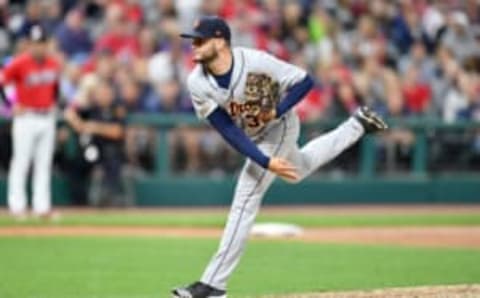
Rogelio Castillo:
Bryan Garcia on the surface has some good numbers. An ERA is 1.69 and has been effectively lately out of the bullpen, as Ron Gardenhire picks and chooses his spots. He has been called a future closer, based on his past experience while closing games at the University of Miami.
I would like to see his K per 9 go up closer to the league average of 9.36. He sits at 3.94, which puts him out of the conversation for now, at least, for the role of the closer. If he would have had 10 more strikeouts per his 16 innings pitched, he would be at the league average. While this is not a would of, could of, angle, it worth mentioning that you need to have at least an average K per 9 to be more of an effective reliever.
He has cut his walks down compared to last season (6.8 to 2.8) another number that pops out is his expected ERA, which is 4.30 (K% is 10%, among one of the lowest per Statcast). I believe Garcia will continue to grow as a reliever but perhaps a few minor bumps will be coming up down the stretch.
Yooper took a different approach to the question that brought up a great response:
What if the Tigers’ offense had an average K-Rate and Walk-Rate?
Through Sunday’s victory in Minnesota, the Tigers currently have the lowest walk rate in the American League at 7.0% and the highest strikeout rate at 26.9%. The question Chris Brown and I looked at was the effect in run-scoring the Tigers could have experienced by just moving to league average in both stats. The answer, in short, it’s a significant impact.
If the Tigers had been walking at the same rate as the AL the numbers show they’d have 43 more walks through the first 38 games. It’s a substantial number. If walks are worth 0.55 linear runs it works out to just over 23 runs for the Tigers offense.
On the strikeout side, if the Tigers could lower their K-rate to the league average of 23.2% they would have put 28 more balls in play thus far. Using their team-wide batting average on balls in play that equates to roughly 9 more hits. If we distribute that as six singles, two doubles, and one homer they’d have possibly scored 8 more runs in 2020.
The effect of constructing an offense that only aspired to be league average in Walks and Strikeouts would possibly have yielded them 31 more runs to this stage of the season.
If “10 runs equal one win” in the baseball analysis world, the Tigers would be looking at three more critical wins in the standings right now. A meaningful boost is given their current situation trailing in the Wildcard Race by merely two games.
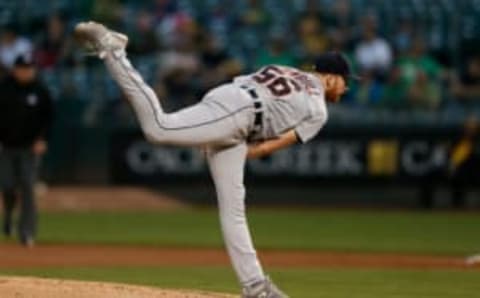
Spencer Turnbull Average Walk Rate
Chris Brown:
Walks have been Spencer Turnbull’s Achilles’ heel this year — he has the 2nd highest walk rate of any starter in baseball at 15.1%. So what happens if we drop it to 8.3%, the league average for starting pitchers?
First, it would drop Turnbull’s walk totals from 23 to 13. If we use the linear weight walk value this drop instantly saves Turnbull 5.5 runs. We could also use real-world numbers, like this:
Now 10 of 15. https://t.co/tP3Tb1OKrZ
— Motor City Bengals (@MCB_Tigers) September 3, 2020
At that rate, a drop of 10 walks means a savings of 6-7 runs for Turnbull. But, we do need to consider what happens with those 10 former walks. At Turnbull’s current rates, 10 fewer walks would also mean 2 more strikeouts and probably 2 more hits. We’ll call one hit a single and one a double, so we have to add 1.7 more runs back on his ledger. Still, a league average walk rate would save Turnbull 4-5 runs, lowering his ERA from 3.90 to 2.86 or 2.60. Strikes are cool.
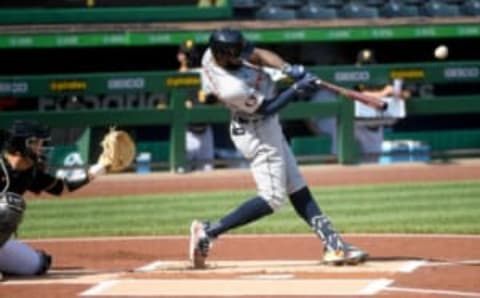
Niko Goodrum Average Shortstop Strikeout Rate
Chris Brown:
The league average strikeout rate for shortstops is just 20.8%. What happens if we take Niko Goodrum’s 38.8% strikeout rate and drop it to average?
Well, that drops his raw strikeout totals from 50 in 129 plate appearances to just 27, so now we have 23 more batting events to examine. At Goodrum’s current walk-rate (10.1%) and BABIP (.263), this average K-rate would result in 2 more walks and 6 more hits. Just over half of Goodrum’s hits this season have gone for extra bases (5 doubles, 1 triple, 5 homers), so we’ll give him 3 singles, 2 doubles, and a homer.
Niko Goodrum with a league-average strikeout rate would raise his slash line from .186/.264/.381 to .243/.325/.478, and provide about 7 more runs of offense to the team. FanGraphs grades Goodrum as the 2nd best shortstop defender this season, so with this new offense he’d be worth about 1.1 WAR, making him roughly as valuable as Carlos Correa and Fransico Lindor have been this season. That would be helpful.